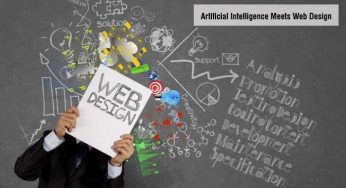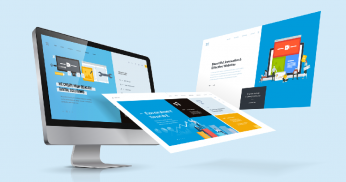A well designed website can provide you with faster results.
Who doesn’t love faster results and more sales? If you’re like most businesses, then you’re always finding ways to scale your business.
A great way to minimize your risk while driving results is to work on a growth-driven design for your website. This allows you to focus on data and audience analysis to make changes for the needs of your visitors.
We’ll dive deeper into what growth-driven design (GDD) entails, along with the differences between traditional website design and GDD, and great tools to help you on your website design journey.
What Is Growth-Driven Design?
Growth-driven design, often shortened to GDD, is a progressive approach to website design that helps businesses drive optimal results while reducing common pain points for their site visitors. A website design that is growth driven is optimized for lead generation, offering frictionless conversion paths so visitors can convert easily.








